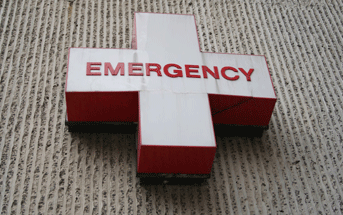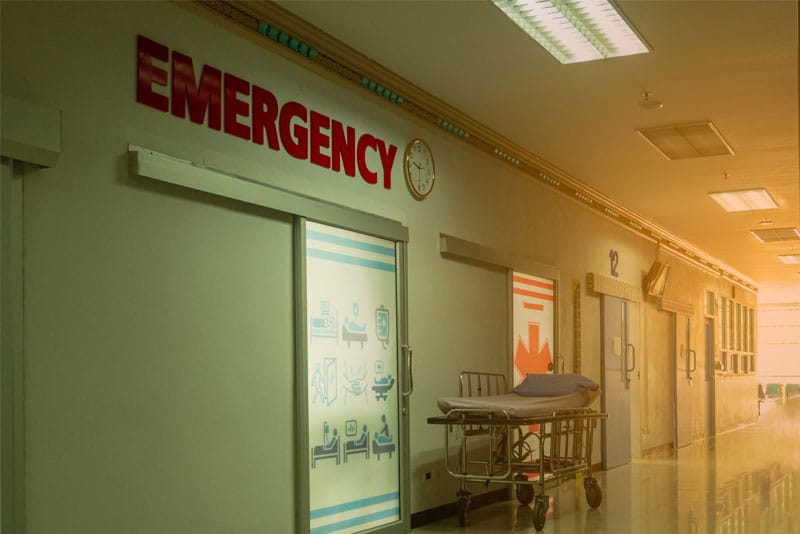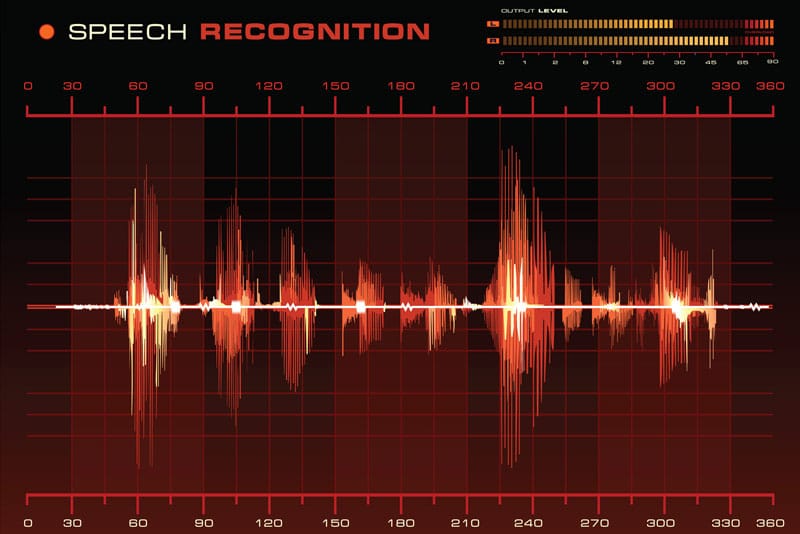 Whether emergency room (ER) reports or urgent care documentation, experienced medical transcription companies can ensure error-free EHR-integrated solutions in fast turnaround time. However, when an accident, injury or sudden illness occurs, patients are often confused as to whether they should see an ER physician, approach an urgent care center, or contact their primary care physician. A recent report published by wuwf.org looks into the question: ER or urgent care – what’s right and when? Considering that time and expense are involved, making the right decision is crucial.
Whether emergency room (ER) reports or urgent care documentation, experienced medical transcription companies can ensure error-free EHR-integrated solutions in fast turnaround time. However, when an accident, injury or sudden illness occurs, patients are often confused as to whether they should see an ER physician, approach an urgent care center, or contact their primary care physician. A recent report published by wuwf.org looks into the question: ER or urgent care – what’s right and when? Considering that time and expense are involved, making the right decision is crucial.
The key lies in knowing the difference between these three types of services. Most of the confusion between ER and urgent care arises because both terms indicate that there is a medical situation that needs to be dealt with quickly. Examples of such needs include intense abdominal pain in the middle of the night, a sprained ankle, or a child developing a high temperature. If their primary care physician is unavailable, most people are uncertain about where they should go for treatment in such situations.
Patients can save time and money by choosing the right option. The ER visit should be reserved for extreme medical conditions such as chest pain, severe injuries, paralysis, high fevers or rash, especially in children, repeated vomiting, allergic reactions, and poisoning. Hospital emergency rooms have the resources and services to handle such situations.
On the other hand, urgent care is meant for a condition that is not life threatening, but which needs to be taken care of in a couple of hours or within the day. Patients should opt for urgent care if their primary care physician is not available. Fever, flu symptoms, allergic reactions, minor cuts, animal bites, and broken bones can be handled in urgent care centers – with less cost and time than the emergency room. In fact, United Healthcare reports that in Florida, a non-emergency ER visit could cost about $1,500-2,000 while the cost of an urgent care center visit averages $150-200. If necessary, urgent care physicians make referrals to specialty care departments.
The third option – primary care – is the right choice for non-acute and non-urgent conditions such as routine health problems as well as chronic, complicated conditions. ERs and urgent care centers are not equipped to deal with non-emergency and chronic conditions such as depression or diabetes.
For physicians, the goal should be to provide patients with the kind of care they need, when they need it. A report in The Ambulatory M&A Advisor notes that overlap of services sometimes leads competition between primary care physicians and urgent care centers. The solution, says the author, lies in these centers working together. The primary care physician can refer patients to an urgent care center if they can be treated appropriately there, instead of to emergency care. If a primary care center is overbooked, providers can refer patients to the nearest urgent care center. Such strategies will also reduce ER congestion, a problem that hospitals across the country are struggling to address. Overcrowding is linked to poorer outcomes for patients.
In all of these care models, providers require customized medical reports that meet their specific needs. Reliable medical transcription service providers can ensure this. They have skilled teams that are well-versed in transcribing the terms relating to ER care, urgent care, and primary care. They can provide error-free transcripts of ongoing care of chronic problems and medical conditions, surgical procedures, trauma resuscitation, patient progress reports, history and physical reports, chart notes and discharge summaries in custom turnaround time, including standard 24 hour TAT and STAT (2 hours, 4 hours or 6 hours). Such value-added transcription support is crucial as physicians focus on providing patients with quality care.


